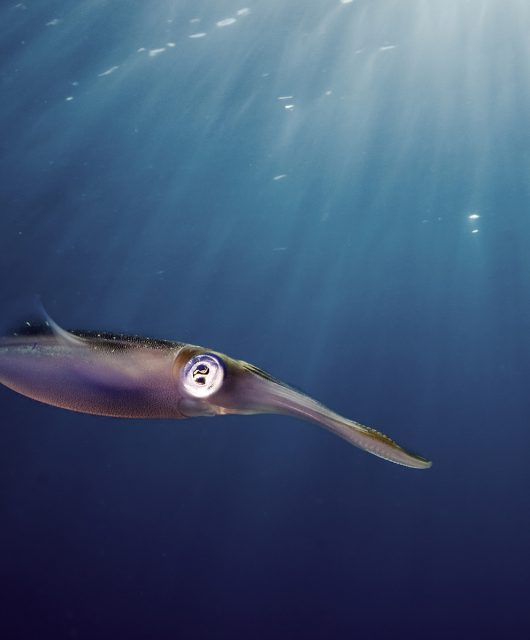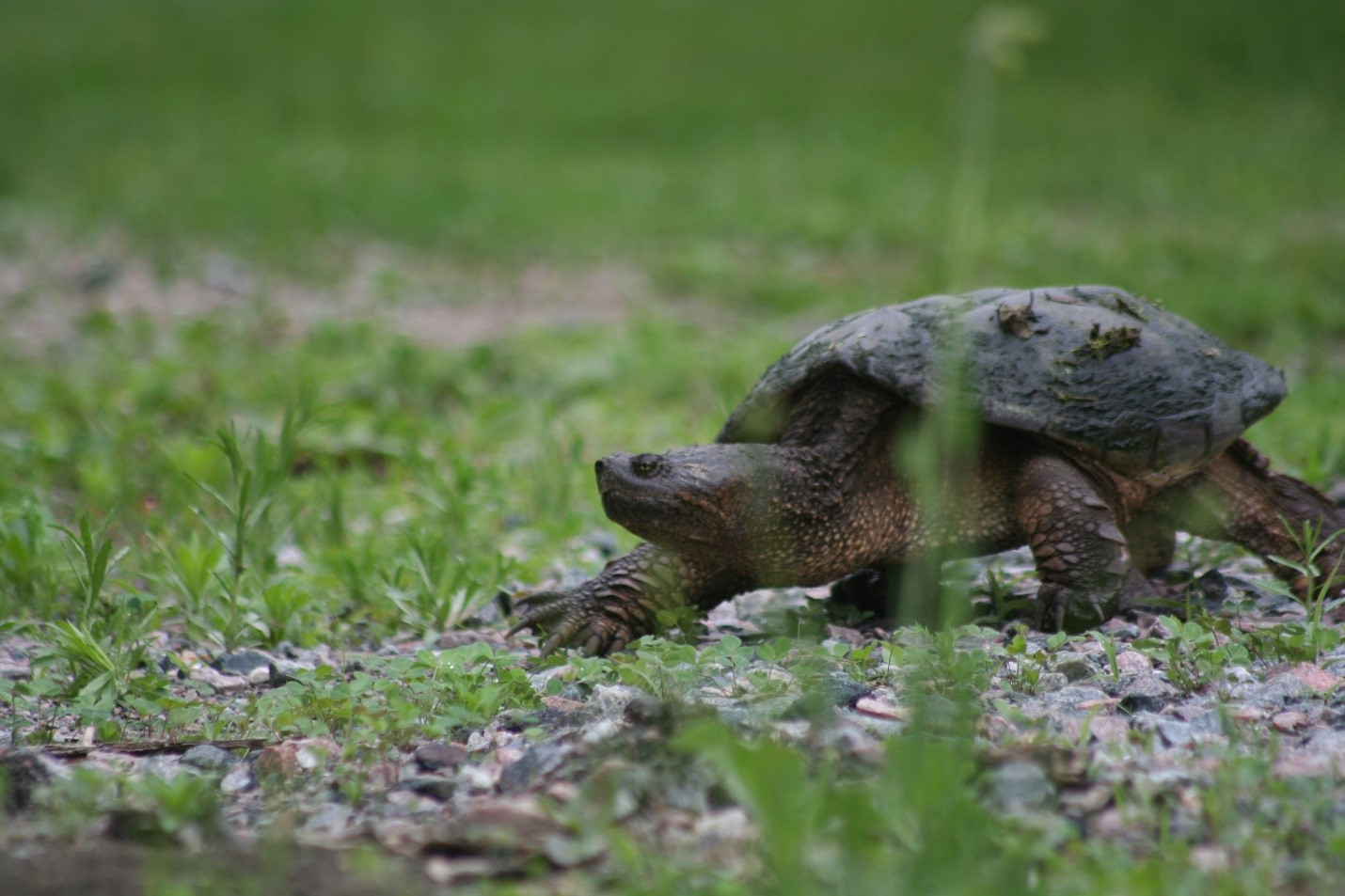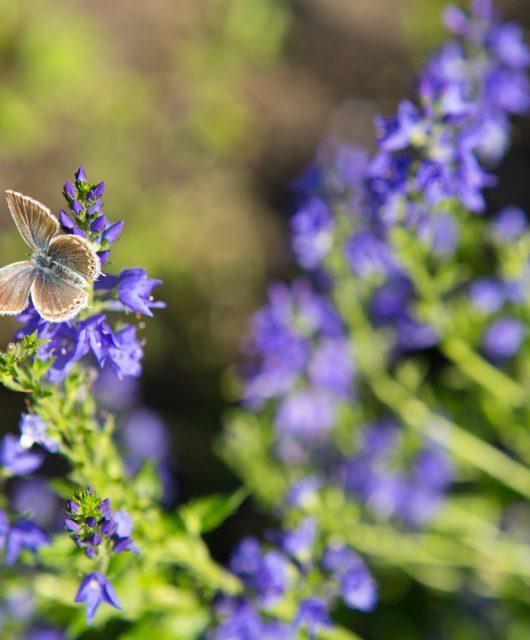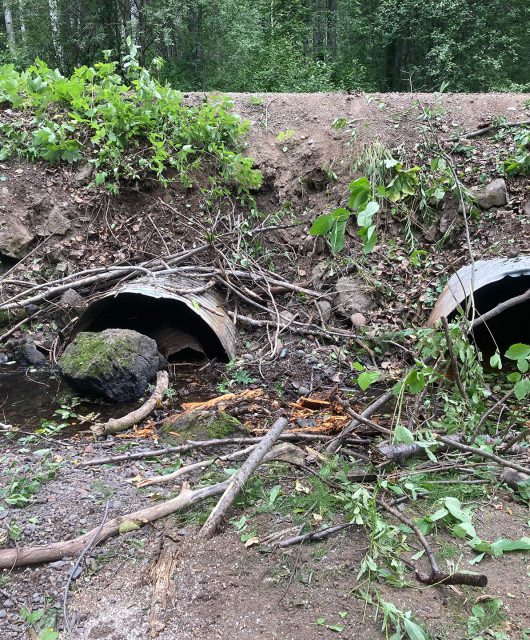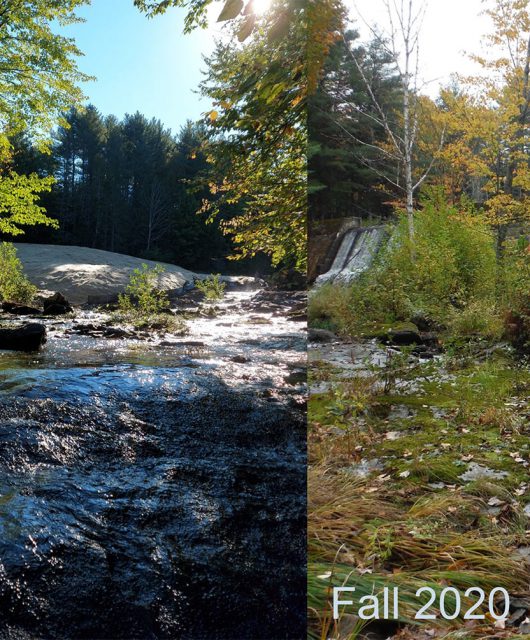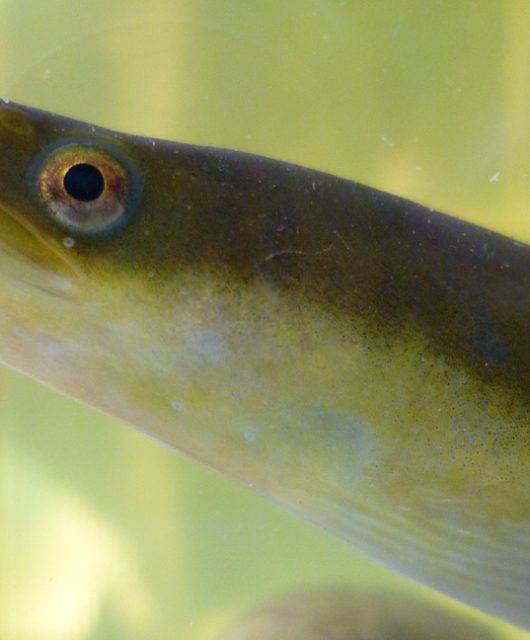Search Results for
tom
Rolling in the Deep: Meet 8 Creatures that Live in the Deep Sea
Many of the marine animals we know and love live at the ocean’s surface, however some of the most incredible wild creatures live in the ocean’s deep. And they deserve…
Plastic is Killing Our Wildlife
Nearly 80 per cent of marine litter is ushered into the sea via wind and runoff — litter from our roadways make its way to our streams and rivers and…
How to Take Better Turtle Observations on iNaturalist Canada
iNaturalist is a great platform for recording observations of plants and animals. To date, over 140,000 people in Canada have submitted more than seven million observations to iNaturalist of upwards…
The Connection Between Prairie Pollinators and Climate Change
Often in nature, timing is everything. From Monarch Butterflies migrating to Canada from Mexico just as milkweed is ripe to bison calves being born just as the plains turn green,…
Cross Creek Fish Passage Restoration
Cross Creek — Nedut’en of the Witsuwit’en Lake Babine Nation — runs through the center of Pendleton Bay Provincial Park. In 2021, the crossing under Babine Lake Road was replaced…
Friend or Foe? Caterpillars
Spot the good caterpillars from the bad We tend to give a lot of focus to butterflies and moths once they’ve become these beautiful-winged creatures. But what about when they…
Campbell Creek is Born Again
New Brunswick’s Campbell Creek flows free again for the first time in 100 years. Built in 1919, the Campbell Creek dam was a well-known landmark in Marysville, New Brunswick. It…
New Report Shows Industry-led Species at Risk Management Failing in Ontario
Industry-led Species at risk management approach falls short in delivering positive results There are two ways Species at risk management options can happen — from the top-down (like provincial or…
Bad Dates
We’re taking pity on four animals who are truly terrible dates, and offering up our unsolicited advice. Think they might get a date for Valentine’s Day if they change their…
Flooded with Hope for Salmon
The devastating floods in British Columbia have shattered roads, homes, businesses and communities. But they have also raised hopes that together we can build back better, prioritizing not just how…

